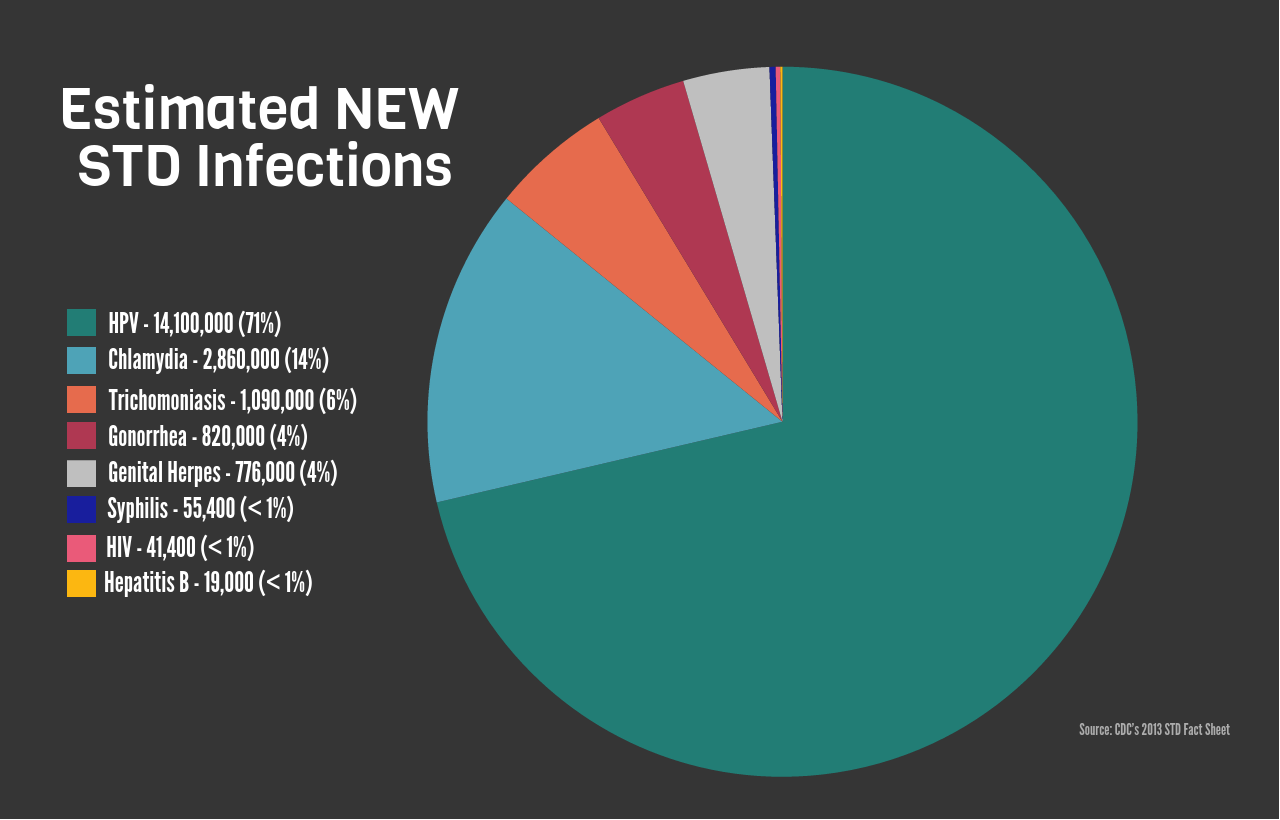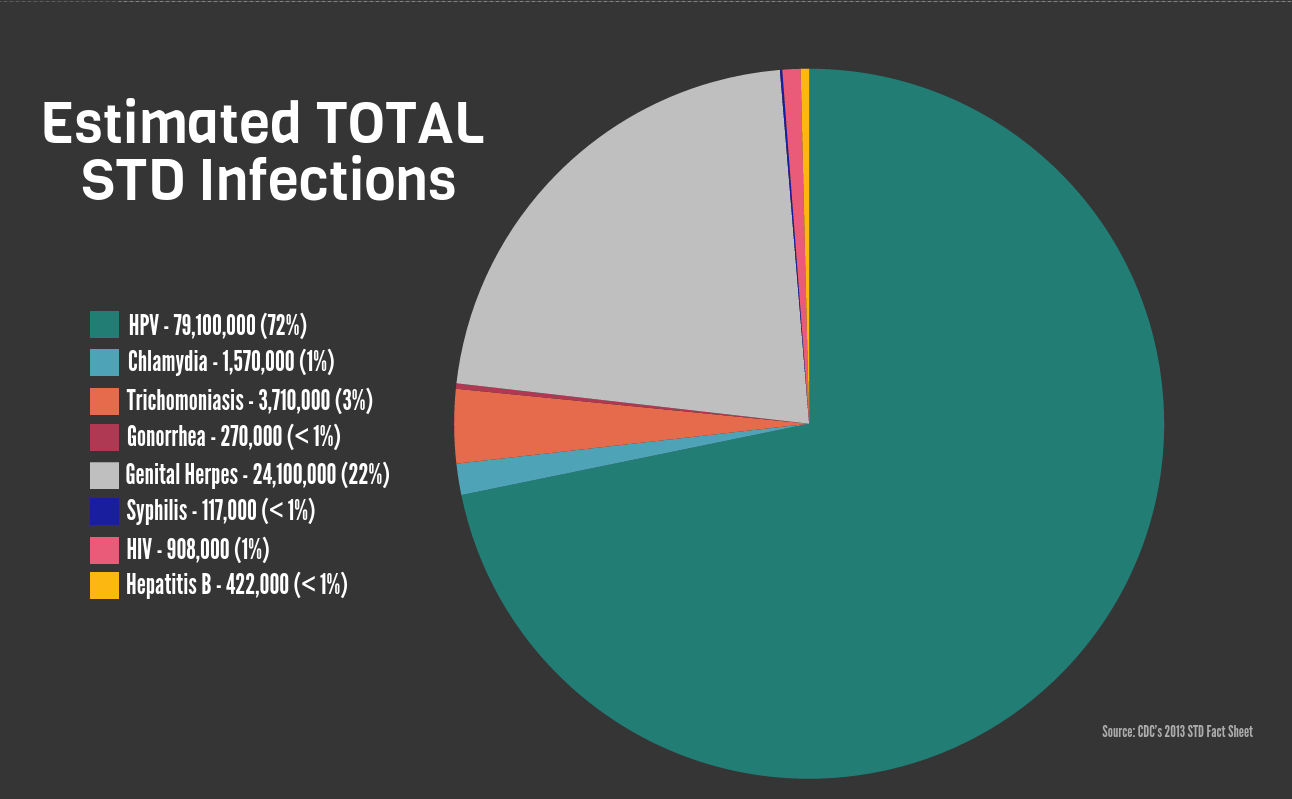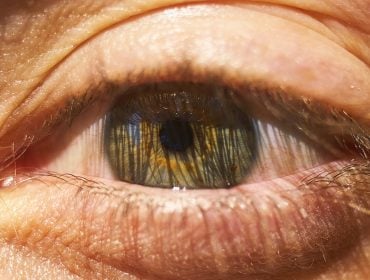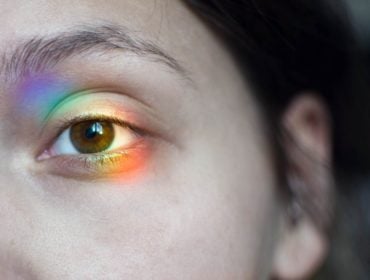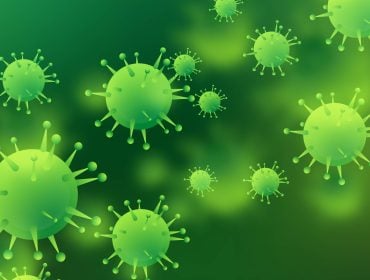Sex Specs: Sexually Transmitted Disease Statistics
Sexually transmitted disease (STD) cases in the United States have some overwhelming rates and statistics that coincide with them.
According to the Centers for Disease Control and Prevention (CDC), the top eight STDs in the U.S. combine to an estimated total of more than 110 million STD cases.
The CDC also reports that there are 20 million new STD infections every year. Of those 20 million new cases, 10 million occur in individuals who are 15 to 24-years-old.
The eight most common STDs found in the U.S. are: HPV (human papillomavirus), chlamydia, trichomoniasis, gonorrhea, genital herpes, syphilis, HIV and hepatitis B (HBV).
The age group of 15 to 24-year-olds make up roughly a quarter of the population who are having sex, but they contract half of all new STD infections.
The amount of new infections in a given year is higher than the number of existing infections in nonviral STDs like chlamydia, gonorrhea and trichomoniasis. This is because new infections that are diagnosed and treated are not counted in the estimate of existing infections. These bacterial STDs can be treated and cured, unlike their viral counterparts.Viruses like genital herpes and HIV cause chronic, lifelong infections, so the amount of existing infections is far higher than the number of new cases yearly.
- There are more than 100 strains of HPV; there is no test for HPV for men. Unless it causes genital warts, many people do not realize they have it. These are some of the reasons as to why there are so many cases of HPV acquired yearly.
- Cases of chlamydia are often asymptomatic, leading people to unknowingly spread the infection. Learn more about how chlamydia can be contracted here.
- Trichomoniasis is another STD that gets transmitted frequently by partners who do not display any signs or symptoms of infection. It is caused by a parasitic bacteria and can causing symptoms similar to a urinary tract infection.
- Gonorrhea has a tendency to occur alongside chlamydia, so it is a good idea to get tested for both. Cases of gonorrhea are actually assumed to be much higher, but because it, too, doesn’t always show signs of being present, it goes unnoticed.
- HSV-2 is the virus that most commonly causes genital herpes infections, although genital herpes can also be caused by HSV-1. Genital herpes results in lesions on or near the genitals.
- Syphilis is a bacterial STD that occurs in stages and becomes more difficult to treat as it progresses. Learn how to identify syphilis here:
- Human immunodeficiency virus, also known as HIV, is a virus that when left untreated damages the immune system until it can no longer ward off infection and disease.
- Hepatitis B (HBV) is a viral STD that affects the liver, causing critical problems for the body in terms of processing nutrients, fighting infection, and filter the blood.
The CDC estimates that it costs $15.6 billion each year to treat these eight STDs at this rate. Typically, the viral infections are more expensive to treat, especially if they result in cancer like HPV can. That being said, the curable STDs still cost a significant amount of money at $742 million.
If you think you have been exposed to an STD or STI, it is important to get tested to end the cycle of spreading these diseases. Learn your status today!
Medically Reviewed by J. Frank Martin JR., MD on July 19, 2023
Secure and Confidential
STD testing services
The fastest results possbile - available in 1 to 2 days

Tagged
Categorized As
Author: Nick Corlis
Nick Corlis is a writer, marketer, and designer. He graduated from Texas State University in San Marcos, Texas, with a degree in Digital Communications. Nick is proud to be able to help eliminate the stigma of STD testing through his writing and is always trying to advocate the importance of your sexual health. Before STDcheck, his favorite way to develop his writing skills was by accepting various writing jobs in college and maintaining multiple blogs. Nick wears many hats here at STDcheck, but specifically enjoys writing accurate, well-researched content that is not only informative and relatable but sometimes also contains memes. When not writing, Nick likes to race cars and go-karts, eat Japanese food, and play games on his computer.


